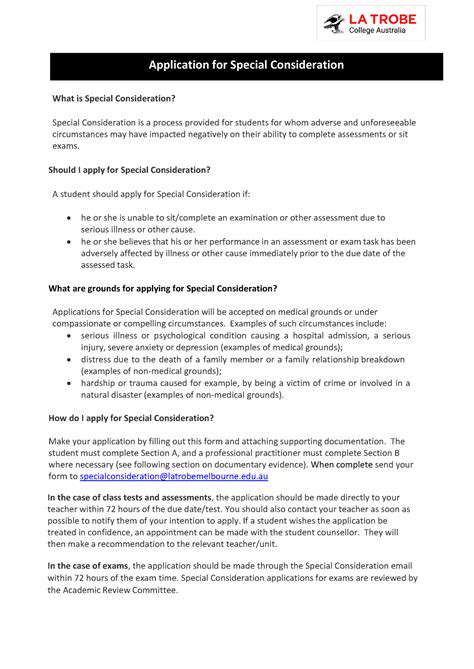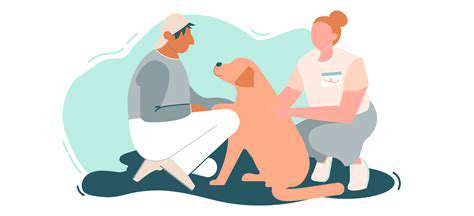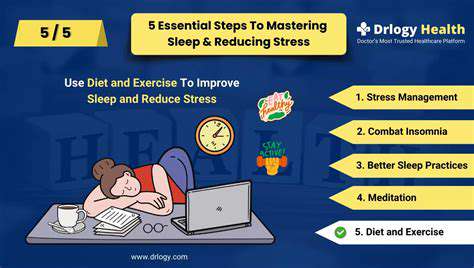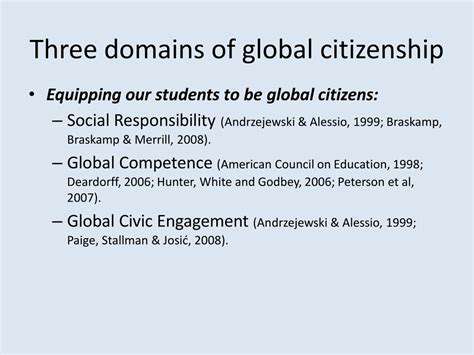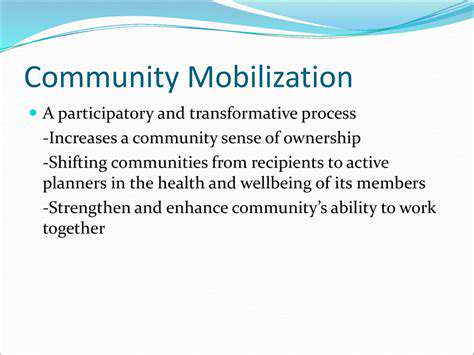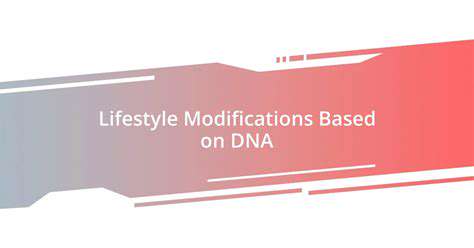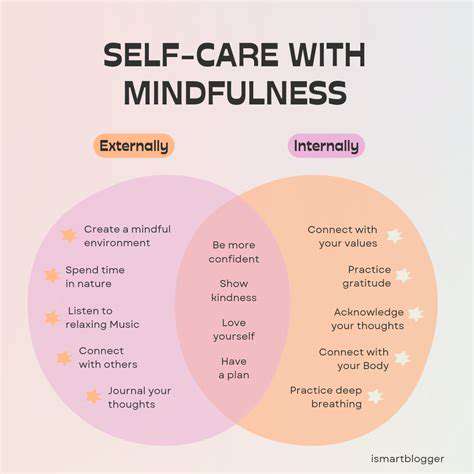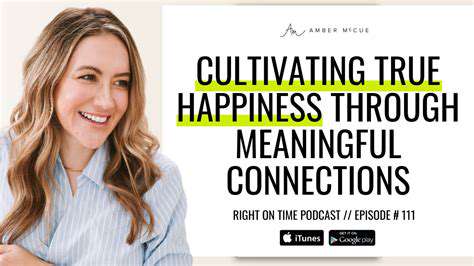From Anxiety to Calm: Simple Techniques for Instant Relief
Progressive Muscle Relaxation for Physical Tension Release
Understanding Progressive Muscle Relaxation
Progressive muscle relaxation (PMR) is a technique used to reduce physical tension and promote relaxation. It works by systematically tensing and releasing different muscle groups in the body. By consciously experiencing both the tension and subsequent release, the body learns to differentiate between these states, facilitating a shift towards relaxation. This process helps to break the cycle of physical tension often associated with stress and anxiety.
PMR is a widely recognized and effective method for managing stress, and it can be practiced by individuals of all ages and backgrounds. Learning to identify and release physical tension is a crucial step in managing overall well-being, allowing for a greater sense of calm and control.
The Benefits of PMR for Physical Tension
Regular practice of progressive muscle relaxation can lead to a multitude of benefits related to physical tension. By reducing muscle tension, PMR can help alleviate headaches, back pain, and other physical ailments that stem from chronic stress. It can also improve sleep quality by promoting a more relaxed state of mind and body, making it easier to fall asleep and stay asleep throughout the night.
Furthermore, the reduction of physical tension often translates to a reduction in mental tension. This interconnectedness between mind and body is a key aspect of PMR's effectiveness in managing stress and anxiety.
Tensing and Releasing Muscle Groups
The core principle of PMR involves systematically tensing and releasing specific muscle groups. This process begins with identifying the muscle group, focusing on the sensation of tension as it builds within the muscle. Holding the tension for a few seconds allows for a clear contrast when releasing the tension, allowing the individual to experience the transition from tension to relaxation.
From the toes to the scalp, each muscle group is consciously engaged in this process. This mindful awareness of the physical sensations during both tension and release is key to the effectiveness of PMR.
Techniques for Effective Practice
Effective practice of progressive muscle relaxation requires a quiet and comfortable environment. Finding a place where you can comfortably lie down or sit without distractions is ideal. Begin by focusing on your breath, taking slow, deep inhalations and exhalations. This grounding technique helps to center the mind and body.
Slowly move through the muscle groups, tensing each one for about 5-7 seconds, and then releasing the tension, fully relaxing the muscle. Pay close attention to the sensations in each muscle as you progress through the exercise. A consistent routine is important for experiencing the benefits of PMR.
Creating a Personalized Relaxation Routine
The beauty of PMR lies in its adaptability. You can tailor your relaxation routine to fit your individual needs and preferences. As you become more familiar with the technique, you can adjust the duration of tension and release for different muscle groups. Personalizing your routine is key to maximizing the benefits of PMR.
Experiment with different breathing techniques or incorporate mindfulness exercises to further enhance the relaxation response. By making PMR a personalized and consistent part of your daily routine, you can harness its power for managing stress and promoting overall well-being.
Integrating PMR into Daily Life
Integrating progressive muscle relaxation into your daily life is essential for experiencing its long-term benefits. Scheduling dedicated time for PMR practice, even just 10-15 minutes a day, can significantly impact your stress levels and overall well-being.
Consider incorporating PMR into your morning routine, as a midday break, or even before bed. The consistency of practice is crucial for developing the relaxation response and reaping the rewards of this powerful technique.
Read more about From Anxiety to Calm: Simple Techniques for Instant Relief
Hot Recommendations
- Customized Sleep Schedules: AI Driven for Sustainable Rest
- Crafting a Personalized Productivity Plan for Mental Clarity
- Sustainable Self Compassion: Cultivating Kindness Towards Your Mind
- Sustainable Productivity Hacks for the Busy Professional
- Sustainable Wellness for Parents: Balancing Family and Self Care
- Data Informed Self Care: Designing Your Personalized Wellness Strategy
- Sustainable Wellness for a Purpose Driven Life
- AI Assisted Mindfulness: Personalized Meditations for Deeper Practice
- Building Inclusive Mental Health Services: Key Initiatives
- AI Powered Self Care: Customizing Your Routine for Maximum Impact

